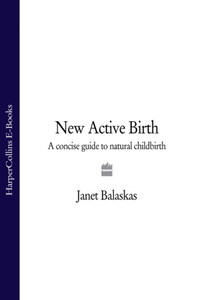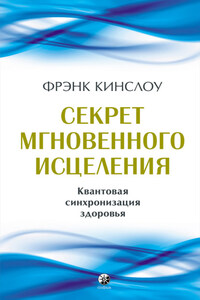My first daughter, Nina, was born in 1970. I attended preparation classes and was hoping for a natural birth. I was active until strong labour began and then I lay passively in bed, semi-reclining, for the last three hours. Fortunately there were no complications and I managed, with enormous effort and the help of an unnecessary episiotomy, to give birth to her spontaneously.
I discovered active childbirth during the birth of my second daughter, Kim. During this pregnancy I had taken up yoga and enjoyed practising the yoga postures, finding some of them particularly beneficial as the pregnancy advanced. A study of the history of childbirth revealed how some of the yoga postures, especially squatting, had been used throughout the ages as birth positions. An anatomical study of the female pelvis clarified that these postures relaxed and ‘opened’ the pelvic canal and were ideal movements to adopt when trying to evacuate its contents.
Consequently, when it came to labour, I began by following the usual instructions given in antenatal classes and made myself comfortable in the semi-reclining position, focusing on some breathing techniques. Progress was slow and while the breathing techniques kept me calm and centred, they seemed to distract me from the labour. Eventually I decided to get up and try some of the positions I had practised during pregnancy. The change in progress was dramatic and it dawned on me, for the first time, that it is necessary for a woman to move and to be in harmony with gravity in order to help her body to open up in labour. I realised then, that squatting, and its variations, is the logical position for any woman to adopt while giving birth and is the most important position to practise during pregnancy. I resolved there and then to improve my squatting before my next labour.
During my son Iasonas’s birth I kept active; walking, squatting and kneeling, and gave birth to him on all-fours. It was a marvellous experience. I had an entirely new sense of control and knew instinctively what to do. I was up within hours of the birth and felt none of the aches and pains I had for a week or two after my previous births, despite the fact that he was almost a 10lb baby. I was astonished how fit and well I felt after the birth, and suffered no exhaustion or depression in the following months.
Recently, number four was born, also at home. Theo weighed in at 11lbs and this time I had a portable water birth pool designed by my husband Keith, in our bedroom. Labour was intense and as soon as I reached 5cms dilation I entered the pool. The buoyancy of the water made it much easier for me to relax. I was encouraged to let myself go without any inhibitions, and I remember making a tremendous amount of noise and reaching full dilation very quickly.
Michel Odent, who was in attendance, suggested that I leave the pool for the actual birth. Given Theo’s size, we decided that I needed the help of gravity to get him born, so I used the supported standing squat position. He was born in two contractions despite his size, miraculously without a tear. The medical establishment would certainly have considered me ‘high risk’. I was 42, rhesus negative and had surgery on the uterus 3 years previously. These were the very reasons that I wanted to stay at home where conditions for a normal birth were optimal.
My own birth experiences are not unusual. Since 1978 I have been teaching yoga to pregnant women and more than 80 per cent of them have succeeded in giving birth naturally and actively to their babies. Most of them had no previous experience of yoga and their ages have ranged from 19 to 49. It has been a joy to observe how readily their bodies responded to the yoga. As their flexibility improved, their health and happiness increased. At the end of pregnancy most of them were in touch with their birthing and motherly instincts and could approach the birth with confidence. The experiences of these women have added to my personal conviction and won support from their midwives, doctors and obstetricians.
Many women enjoy the benefits of yoga so much that they are back in the mother and baby exercise sessions two to three weeks after birth. This is so, not only in the case of the mother who has a normal, problem-free birth, but also for those who have needed the help of forceps or Caesarean section.








